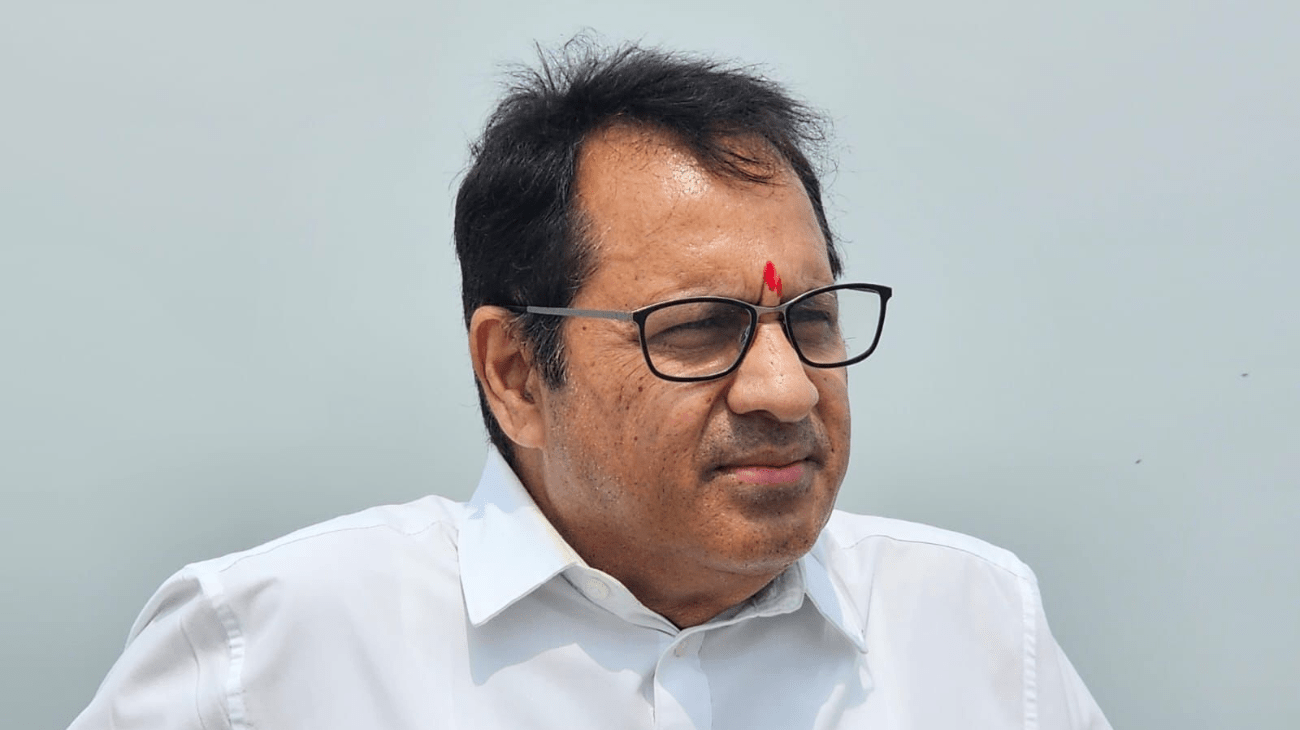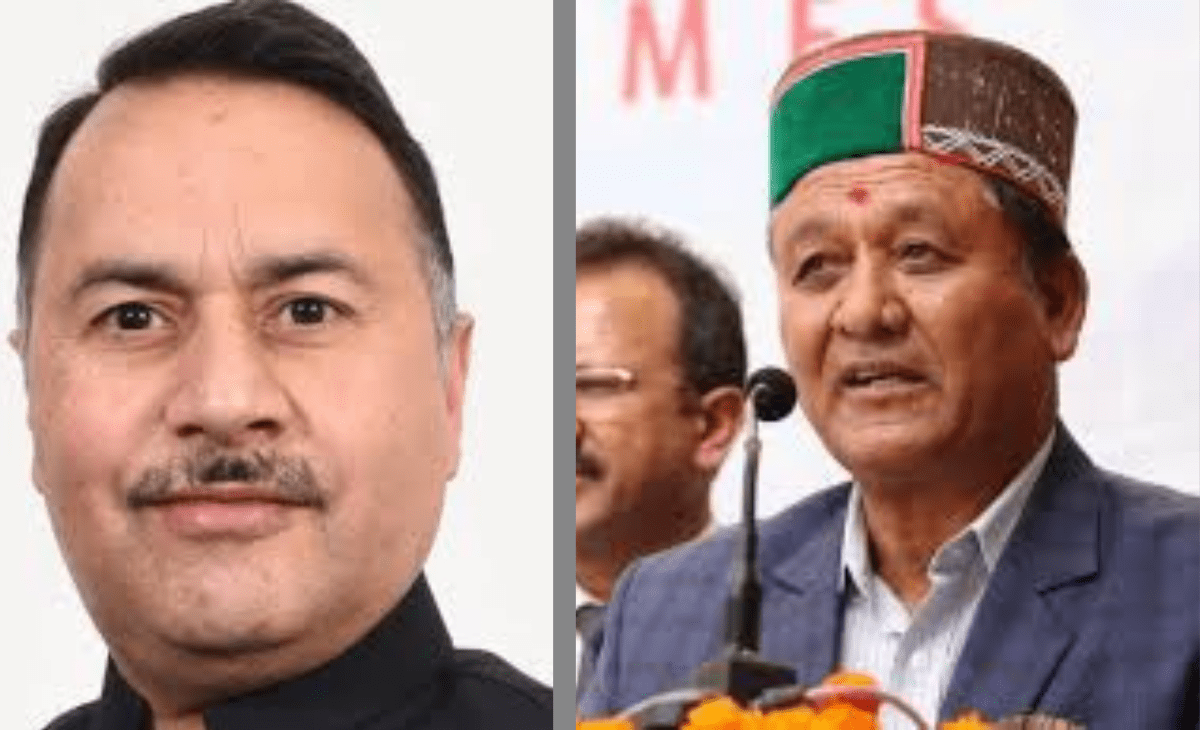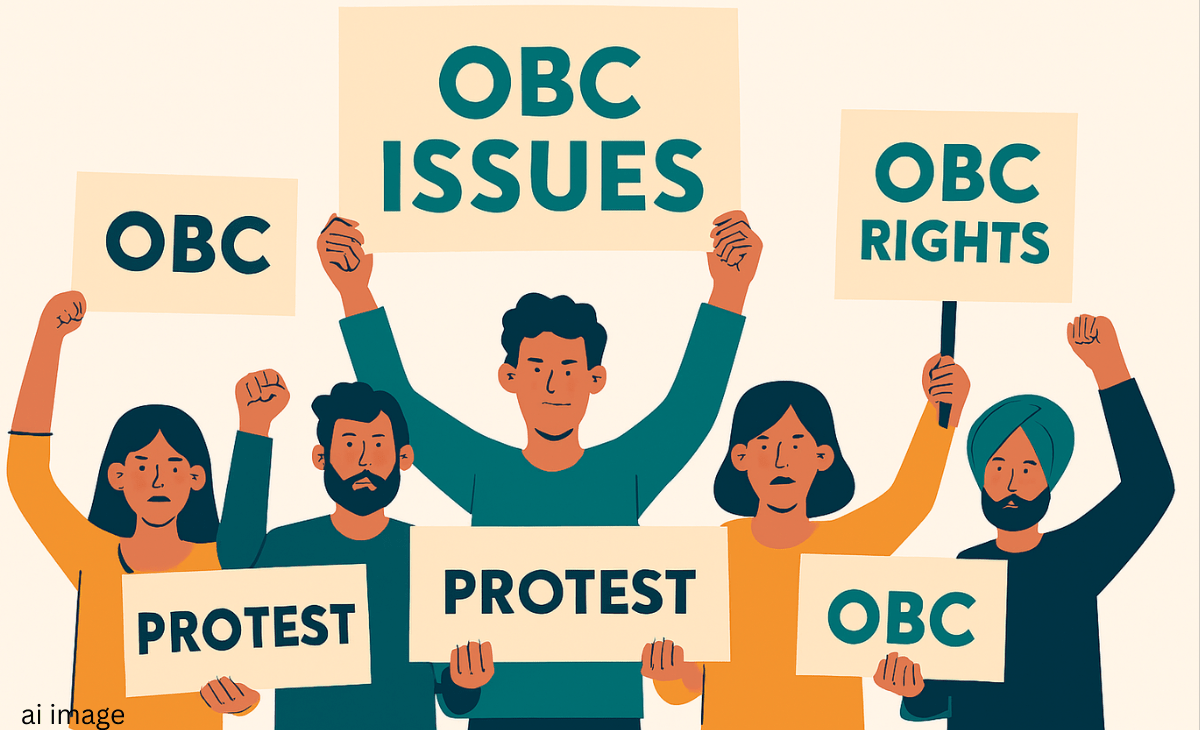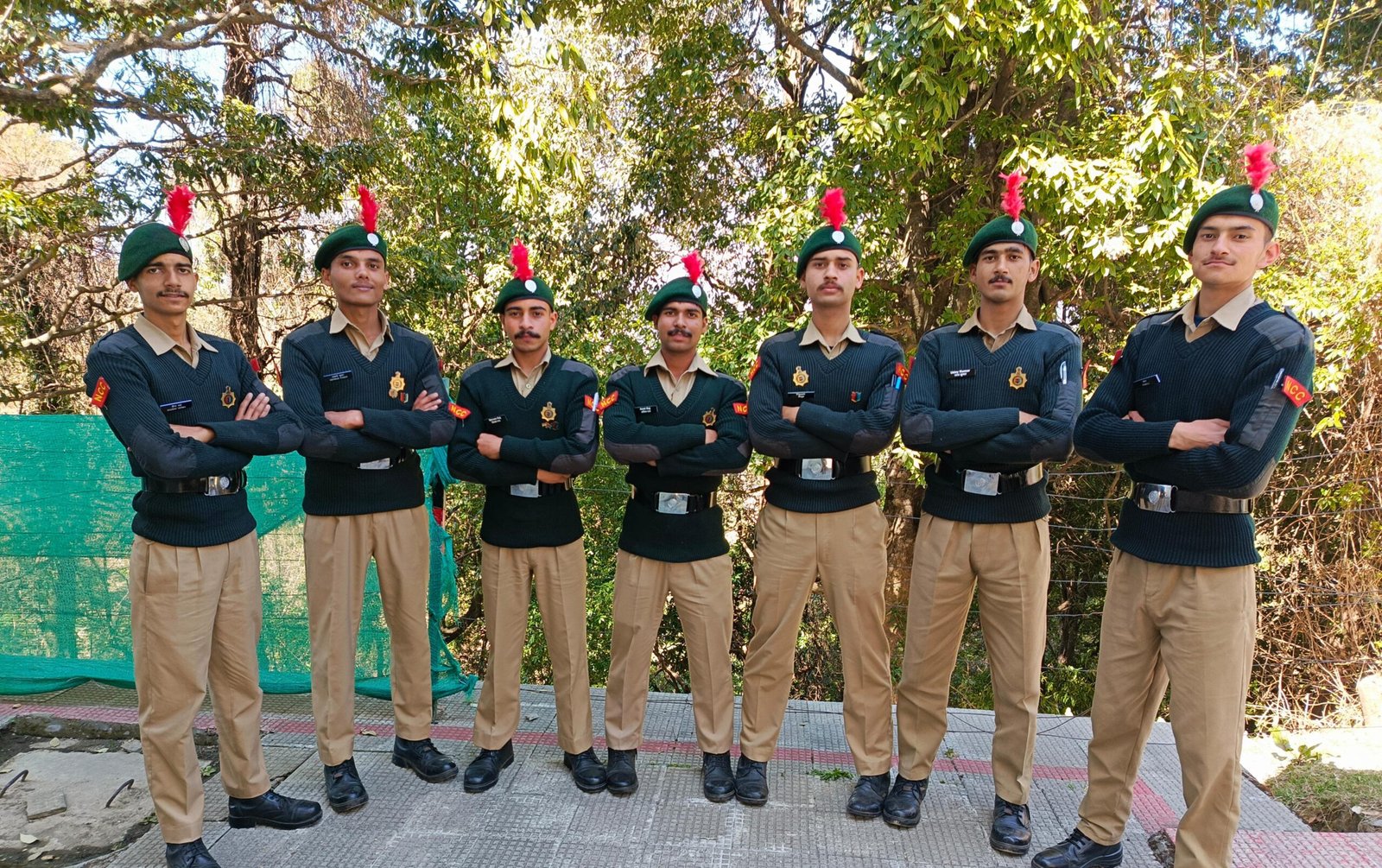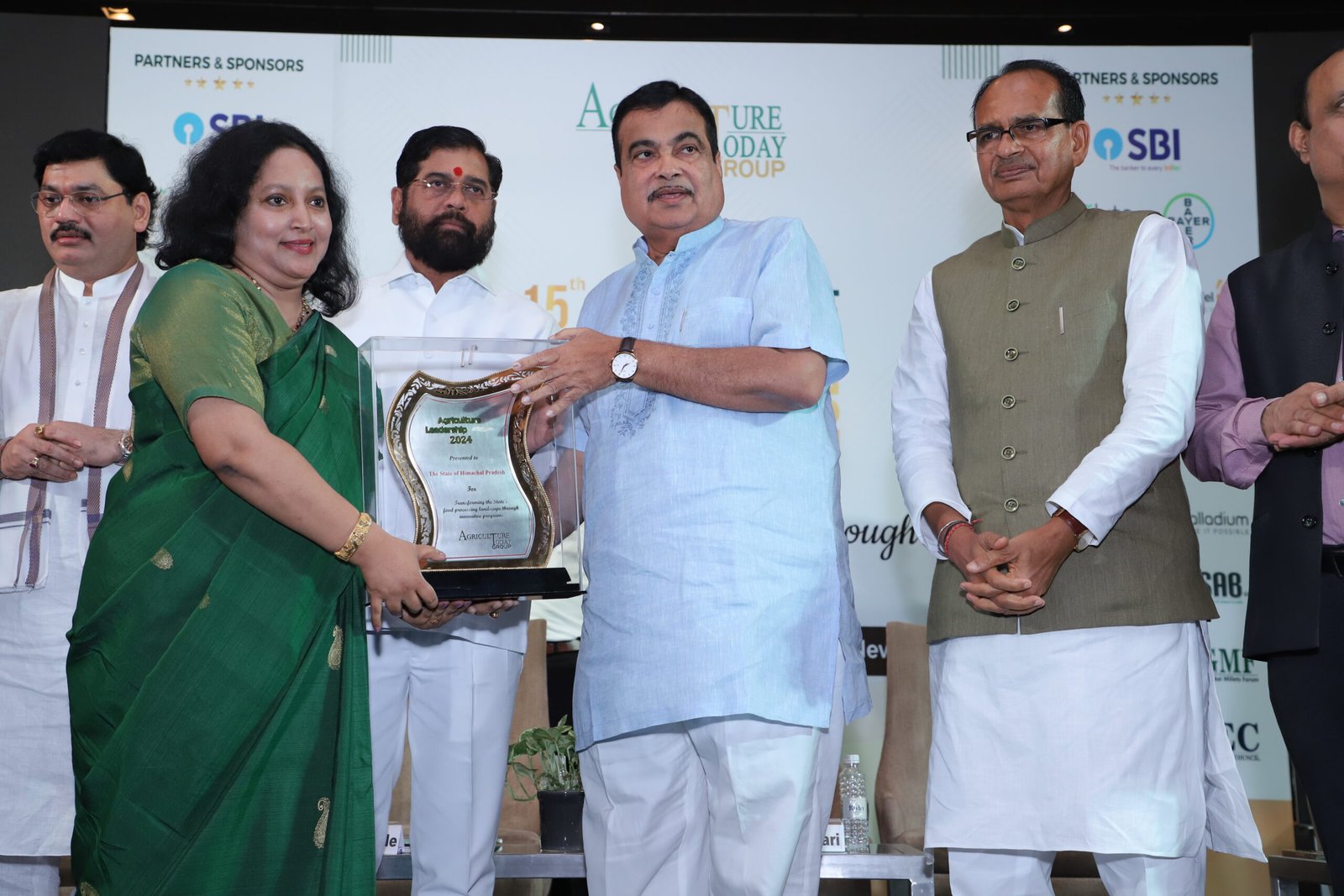Rajesh Kapoor, other citizen groups emerge as key voices in protecting city’s heritage
MANDI: In a landmark victory for civic activism and public unity, the Himachal Pradesh government has officially shelved its controversial plan to construct an indoor stadium at Mandi’s historic Paddal Ground.
The decision came after widespread opposition from locals, environmental groups and prominent citizens, including social activist Rajesh Kapoor, who played a pivotal role in mobilising public sentiment against the project.
Ground at the heart of Mandi
Paddal Ground is not considered just an open space, but the soul of Mandi. Hosting the iconic Shivratri Mela, military and police recruitment drives and serving as a cherished green space for morning and evening walkers, the ground is deeply woven into the city’s social, cultural and environmental fabric. Its preservation has long been a matter of public interest.
However, the proposal to construct a massive indoor stadium at this only remaining open field triggered alarm across the region. Residents feared it would destroy the ground’s ecological balance, disrupt community activities and erase an important heritage site.
Anil Sharma’s ‘stubborn stand’ and subsequent backlash
Local MLA Anil Sharma, despite initial public resistance, remained adamant on going forward with the project. For months, he stood firm, citing the need for modern sports infrastructure. But the pushback from the people of Mandi was stronger.
His decision was met with protests, petitions and continuous engagement by citizen groups, including the Citizens Sangharsh Samiti, Panna Lal Raksha Memorial Trust and hundreds of local youth and elders who organised under a common cause — ‘Save Paddal Ground’.
Rajesh Kapoor: The voice of the movement
At the heart of this campaign stood Rajesh Kapoor, president of the Panna Lal Raksha Memorial Trust, a name now synonymous with the preservation of Paddal. Kapoor led the charge through both grassroots mobilization and creative expression.
He launched a local movement, wrote and performed songs about Paddal’s significance and walked shoulder to shoulder with protestors across town. His emotional appeal and unflinching commitment resonated with citizens across age groups and villages.
“Paddal is not just a ground, but it is our identity,” Kapoor stated during a recent gathering. “Taking it away for construction is like erasing a part of Mandi’s soul.”
His songs, composed and sung with the help of Gopal Kapoor, echoed in streets, rallies and even on social media, becoming anthems of the people’s resistance.
United stand by civil society groups
In addition to Kapoor’s leadership, organisations like the Citizens Sangharsh Samiti played a major role. Convener YP Kapoor recalled how Paddal Ground historically served as a refuge during the 1905 earthquake and housed troops during the 1962 Indo-China war.
“It is not just open land. It’s a symbol of resilience and pride,” he emphasised.
Together, these voices sparked a district-wide public awareness campaign. Students, sportspersons, veterans, and environmentalists joined hands in an unprecedented show of unity.
Victory for the people: Plan shifted elsewhere
In the face of mounting public pressure, MLA Anil Sharma ultimately retracted his proposal. The government has now announced plans to shift the proposed stadium project to Raghunath Ka Padhar, where 12.5 bighas of land has been earmarked for the facility.
Alternate suggestions include government-owned land in Redhadhar or Kangnidhar, ensuring that development does not come at the cost of heritage and community life.
Munish Sood


